20th Century Asian Pear Tree
Description
You’ll find it hard to believe a tree this beautiful can produce such an abundant crop. Its pure white flesh is ideal for salads and they’re “oh, so good” for snacking! Ripens in late August. Pollinate with another Asian pear. See more recommended pollinators below.
Survival Guaranteed!
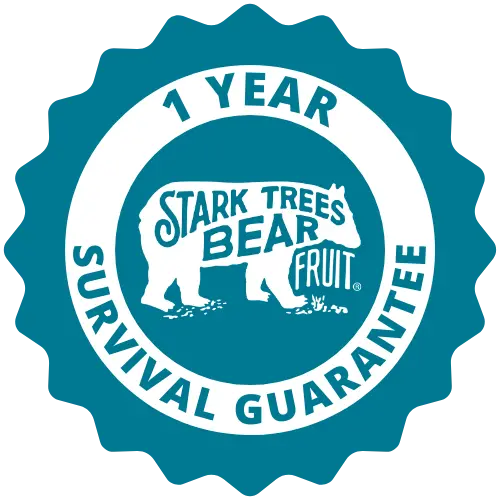

Since 1816, Stark Bro’s has promised to provide customers with the very best fruit trees and plants. It’s just that simple. If your trees or plants do not survive, please let us know within one year of delivery. We will send you a free one-time replacement, with a nominal shipping fee of $9.99. If the item in question is not available, we can issue a one-time credit to your account equaling the original product purchase price or issue you a refund. Read more about our warranty policy.
Characteristics
| Bloom Color | White |
| Bloom Time | Early |
| Chill Hours | 350 - 500 |
| Fruit Color | Yellow Green |
| Fruit Size | Medium - Large |
| Hardiness Zone Range | 5 - 9 |
| Pollination | Pollinator Required |
| Ripens/Harvest | Late August |
| Shade/Sun | Full Sun |
| Soil Composition | Loamy |
| Soil Moisture | Well Drained |
| Soil pH Level | 6.0 - 7.0 |
| Taste | Mild, Sweet |
| Texture | Fine Grained |
| Years to Bear | 4 - 6 |
Size & Spacing
Mature Size
| Standard | 18 - 20' tall x 12 - 13' wide |
| Semi-Dwarf | 12 - 15' tall x 9 - 11' wide |
| Dwarf | 8 - 10' tall x 6 - 7' wide |
Recommended Spacing
| Standard | 18 - 20' |
| Semi-Dwarf | 12 - 15' |
| Dwarf | 8 - 10' |
Zone Compatibility
Pollination
Tools & Supplies
Planting & Care
Learn all about how to grow pear trees in The Growing Guide. An entire section of our website dedicated to your growing success.
Shipping Information
Arrives when it's time to plant
Questions & Answers
Yes asian pears can be espaliered. They are self fertile however it is recommended you have two different pear varieties to increase pollination.
We appreciate you reaching out to us. This variety is not resistant to blight or any other diseases.
If you have any further questions please don't hesitate to reach back out to us. Have a great day!
Yes as they are both early season bloomers.
No Asian pear trees need another Asian pear tree for pollination or a Bartlett
We appreciate you reaching out to us. You can find the years-to-bear information in the Characteristics section, near the top of the page, underneath the description. This tree takes 4-6 years to bear.
If you have any further questions please don't hesitate to reach back out to us. Have a great day!
Yes as they both are early season bloomers.
You can grow almost anything in a container! This excellent article will answer your questions and provide good advice. Please see "Growing Fruit Trees in Containers" //www.starkbros.com/growing-guide/article/fruit-trees-in-containers-pt1
When the base of your Elberta peach trees feels spongy, especially in very wet conditions like you're experiencing in Alabama, it’s often a sign of root rot or crown rot—serious fungal issues that thrive in soggy soil.
Here's what you can do right now:
1. Improve Drainage Immediately
If the trees are young and movable, consider replanting them in a raised bed or mound to allow water to drain away from the trunk.
If the trees are established, you can try to trench around them to divert water or add soil amendments around the base to improve drainage.
2. Clear the Base
Remove any mulch or soil that is up against the trunk to let the crown dry out.
Leave the base of the tree exposed to air and sunlight to slow fungal progression.
3. Apply a Fungicide
Use a fungicide labeled for crown or root rot (such as one containing phosphorous acid/phosphite or metalaxyl).
Spray the trunk and soil at the base according to label instructions.
4. Reduce Watering
If the rain continues, there may not be much you can control, but avoid any additional watering and monitor soil moisture closely.
5. Check for Girdling or Pests
Sometimes, borers can also cause softening or damage at the base. Look for holes, sap, or frass around the trunk.
6. Monitor and Be Prepared to Act Quickly
If the sponginess worsens and the tree starts to decline (leaves yellowing, wilting), the tree may not recover. Catching this early gives the best chance of saving it.
Each variety has a rated zone if you scroll down the product page. Our website has a special feature that will help you find the best plants for you to grow in your area. Simply enter your zip code in our Hardiness Zone Finder and as you browse our page, you’ll see a small check mark next to products that are hardy to your growing zone!
https://www.starkbros.com/zone-finder
No, Stark Bro’s 20th Century pear trees are not certified organic.
However, they are non-GMO, and Stark Bro’s follows good nursery practices to ensure healthy, clean stock. If you're growing organically, you can certainly raise the tree organically once it's in your care.
Yes, 20th Century (also known as Nijisseiki) is considered an heirloom variety.
It originated in Japan in the late 1800s and has been widely grown ever since for its crisp, juicy texture and sweet, mildly tart flavor.
Customer Reviews
After 3 months we have a number of points where this tree is starting to leaf out. My expectations were that we would see this type of growth after 6-8 weeks although it does appear to be thriving.

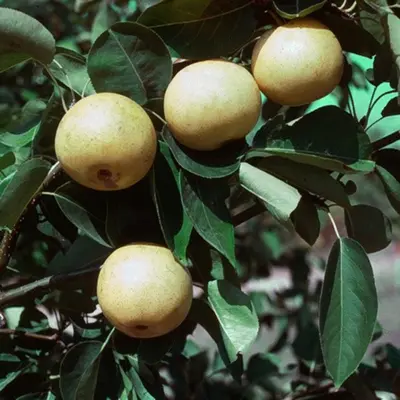
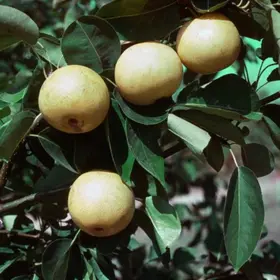
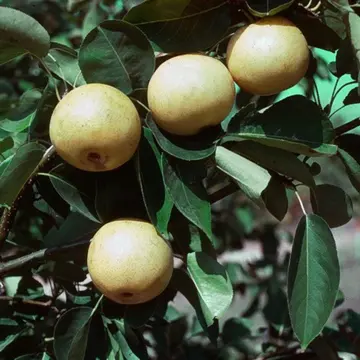

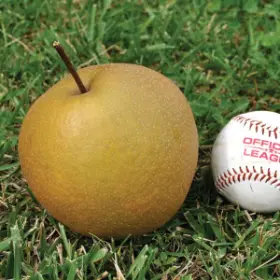
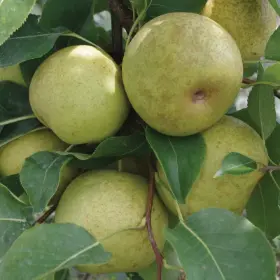
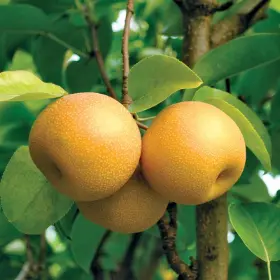
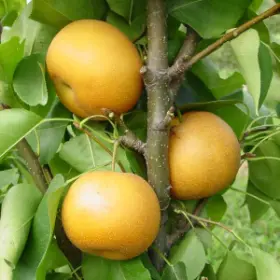
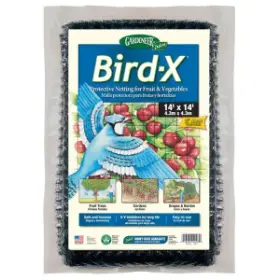
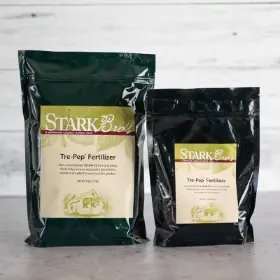

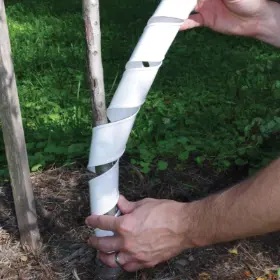
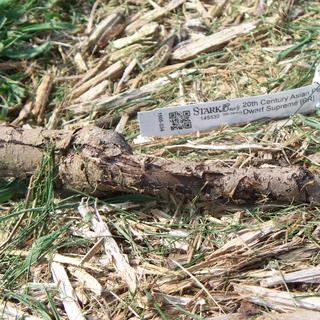
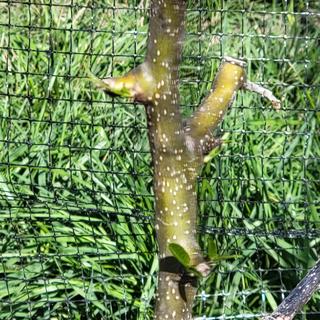
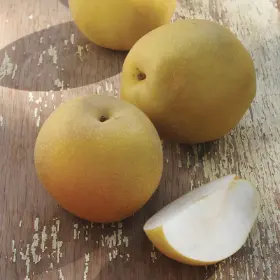
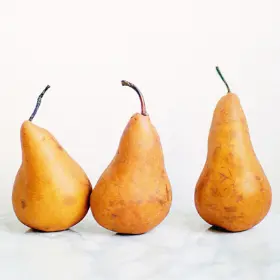
It’s been on my wish list, and the bare root sale created a fantastic opportunity!
We love Asian pears, and I've ordered from you various times. I've always received quality trees and plants!
I have 3 Asian pears that have been productive for 30 years. Low maintenance.
My m.i.l. was Korean...she used it in a lot of food